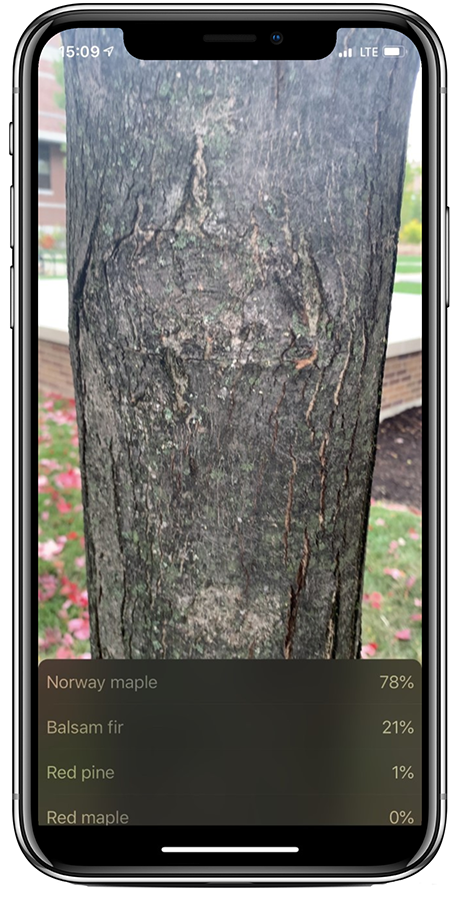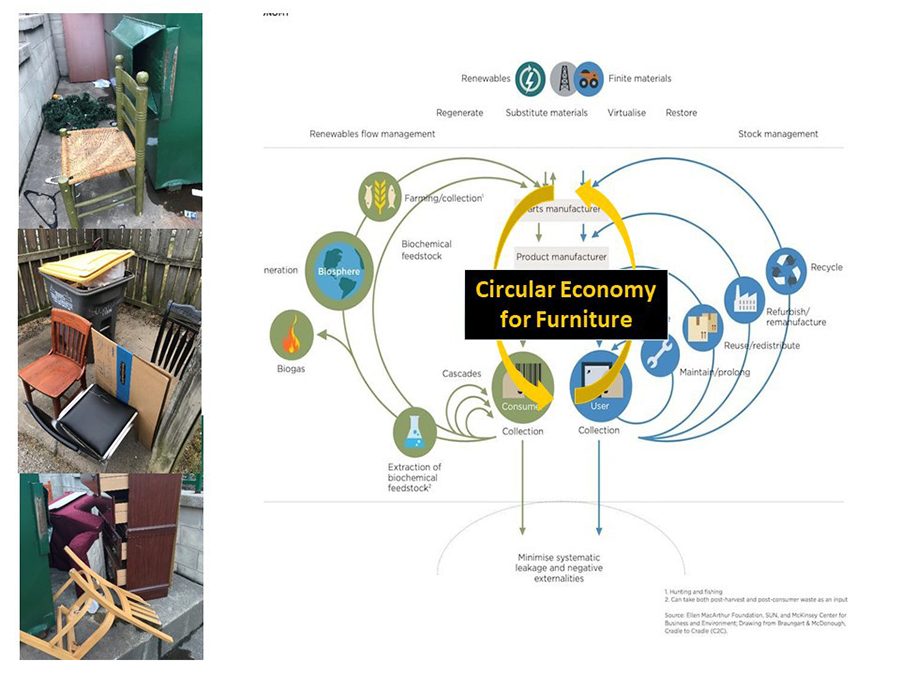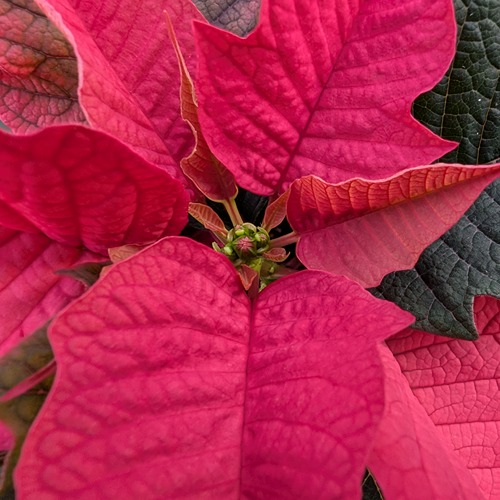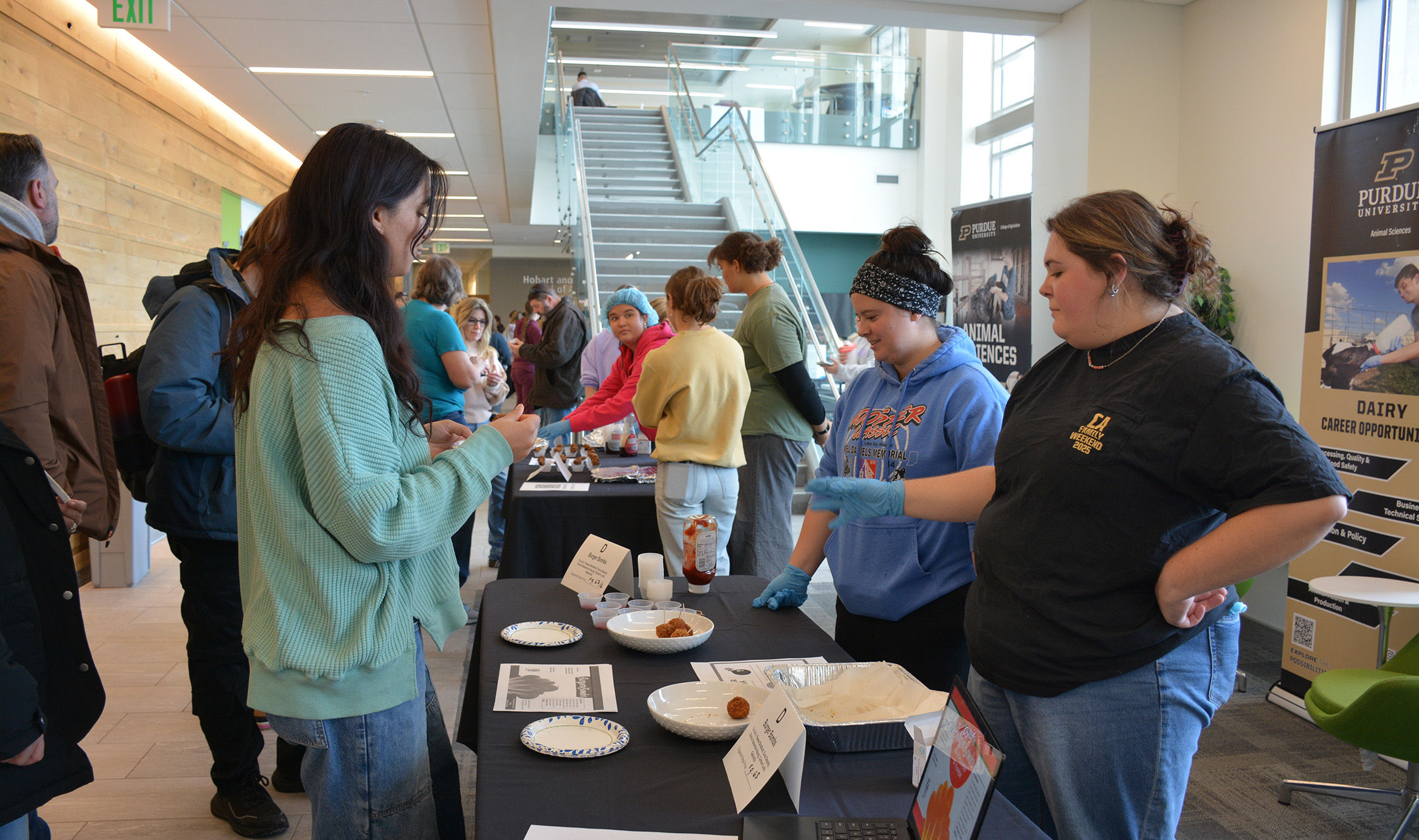Forestry & Natural Resources
FNR Celebrates Forest Products Week
From Seed to Wood Products
As part of Forest Products Week, Oct. 18-23, take a look at the many ways that Purdue Forestry and Natural Resources and its many partners are making an impact on the forest products industry. From seed and growth protocols to woodland management and timber sales, from lumber grading and practical tools for use in wood/tree ID and assessment, to wood treatment and alternatives to furniture disposal, Purdue FNR is involved in every stage from seed to finished products.
The Hardwood Tree Improvement and Regeneration Center (HTIRC) produces seeds from hardwood species and delivers them to the Indiana DNR tree nursery program, providing reforestation stock for Indiana landowners and the forest industry.
The HTIRC develops growth propagation protocols for different species, like this one for butternut published by graduate research assistant Andrea Brennan and Dr. Doug Jacobs.
FNR faculty and staff members, including Purdue Extension sustaining hardwood specialist Lenny Farlee and Dr. Eva Haviarova, professor of wood products, helped compile the Indiana Hardwood Strategy Assessment. The document looks at the forestry resources in the state, economic impacts and more with regards to the hardwood industry.
That important assessment later formed the foundation for the Indiana State Department of Agriculture’s development of the Indiana Hardwood Strategy for the state.

FNR faculty and staff worked with Indiana Department of Natural Resources Division of Forestry on the Woodland Stewardship for Landowners Series, including this video on sealed bid timber sales, one of many options in harvesting trees.
For those considering harvesting their trees and marketing timber, we also recommend these resources that can assist you in the process:
Haviarova, professor Rado Gazo and graduate research assistant Fanyou Wu are working to develop needed tools, including automated bark ID, wood ID, and a ring detector, for a variety of users in the wood products field.
Gazo also has been working to develop tools and applications enable use of wood scanning technology in the hardwood industry. Read about this project & its impacts.

Haviarova and graduate research assistant Jue Mo are working on surface thermal modification, with the intension of obtaining darker, more desirable color tones in U.S. hardwood & slow degradation with a natural finish.
Haviarova also is working to address a serious issue created by the amount of furniture that is turning up in landfills. She and graduate research assistant Kendria Huff are developing a circular economy model in cooperation with the furniture industry, while also addressing the problem of fast furniture.





